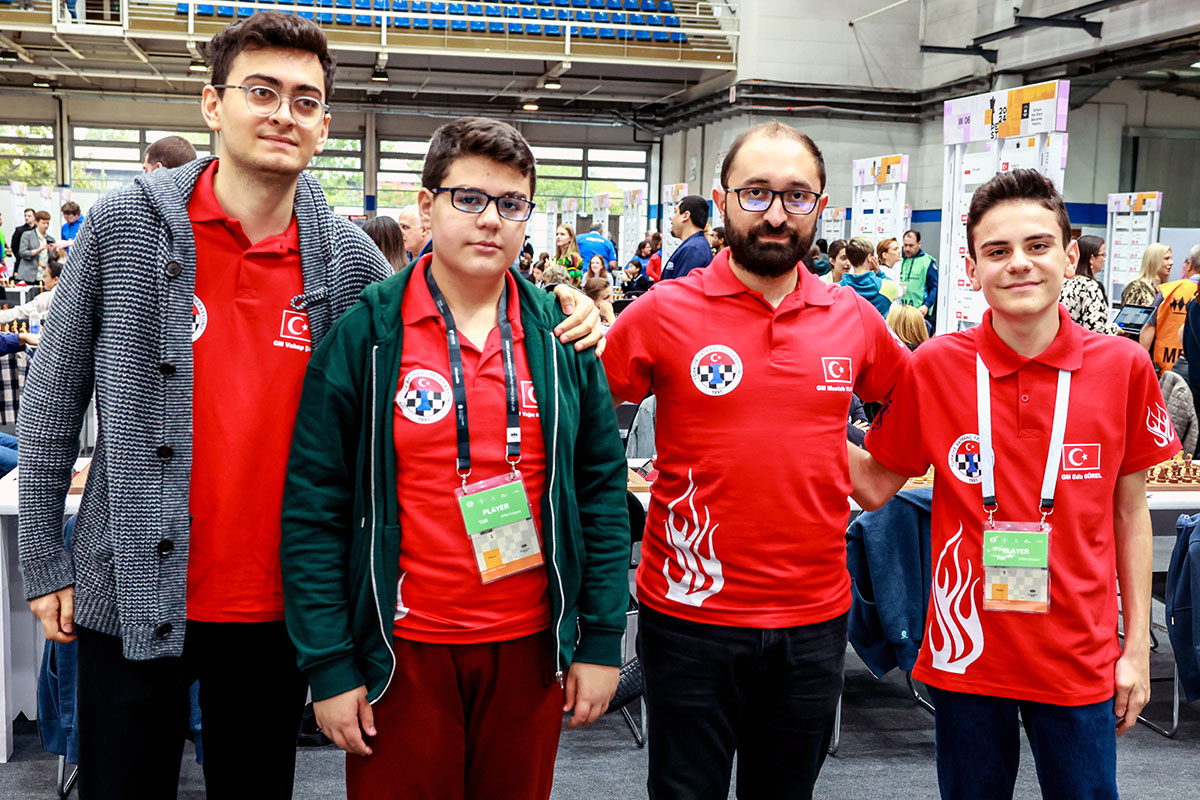The Chess Olympiad as a whole has a long history of helping highlight young talents and putting them in the limelight, never to be forgotten. Obvious standouts include Judit Polgar, aged 12, in Thessaloniki, who subsequently emerged with a 2555 rating and ranked world no. 66 all at age 12. Then in 1992 in Manila, it was an unknown FM playing as the reserve for Russia, scoring 8.5/9. His name? Vladimir Kramnik. One might argue that by virtue of youth, the names of 2024's Indian squad deserve no less, and while true, nor were they relative unknowns being revealed to the world. The top three boards were already in the Top 10 before the event even began.
One squad stands out by virtue of untried youths on the Olympic stage as well as their stellar performances: Türkiye. When talking about standout players and astonishing prodigies, Türkiye isn't the usual name to come to mind. The country does have a powerful and well-established chess league, enjoying the best players in the world, so it is hardly indifferent to the noble game. Alireza Firouzja's breakout run to 2800 took place in it. So who are these Turkish talents so deserving of attention?
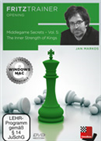 In this video course, kings will play a role of strong and active pieces. We will explore how Kings can be helpful in defence and prophylaxis, or even in attack!
In this video course, kings will play a role of strong and active pieces. We will explore how Kings can be helpful in defence and prophylaxis, or even in attack!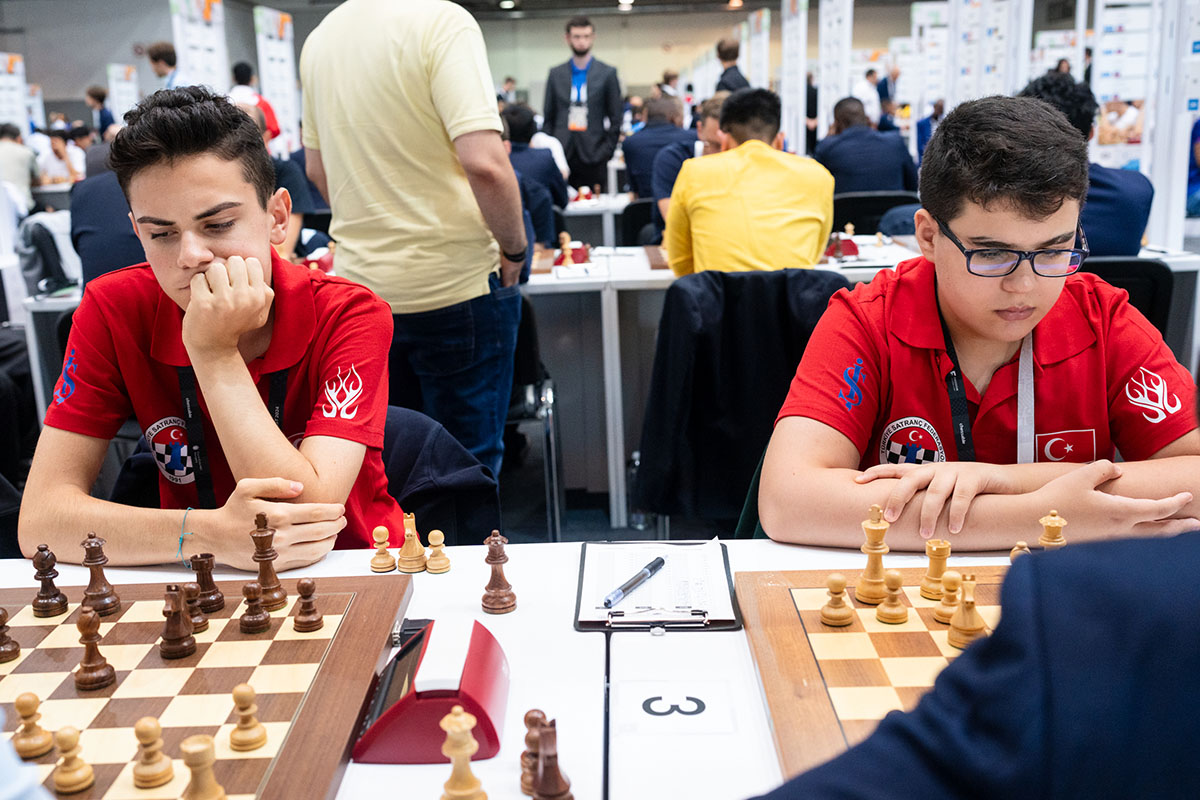
Ediz Gurel, 15, together with his teammate Yagiz Erdogmus, 13 (credit: Maria Emelianova/Chess.com)
The first is Ediz Gurel, 15 years old, who only just became a GM this year, and played on Board 2. With a rating of 2602, his berth was well-deserved, and this would be his most conspicuous introduction to international chess with the added weight of the team's overall result as well.
Team events can be a mixed bag in terms of how they affect a player, and some thrive under the pressure and responsibility, and some wilt. There is no question chess is an individual sport, and each battle is one-on-one, but knowing your result doesn't bear consequences on you alone, but also on the entire team can play funny tricks on a player's mind. So how did he do? Suffice it to say he medalled on Board 2 with 9.0/11 and a 2755 performance. His clockwork rise on the Elo ladder continues as he gained 23 Elo.
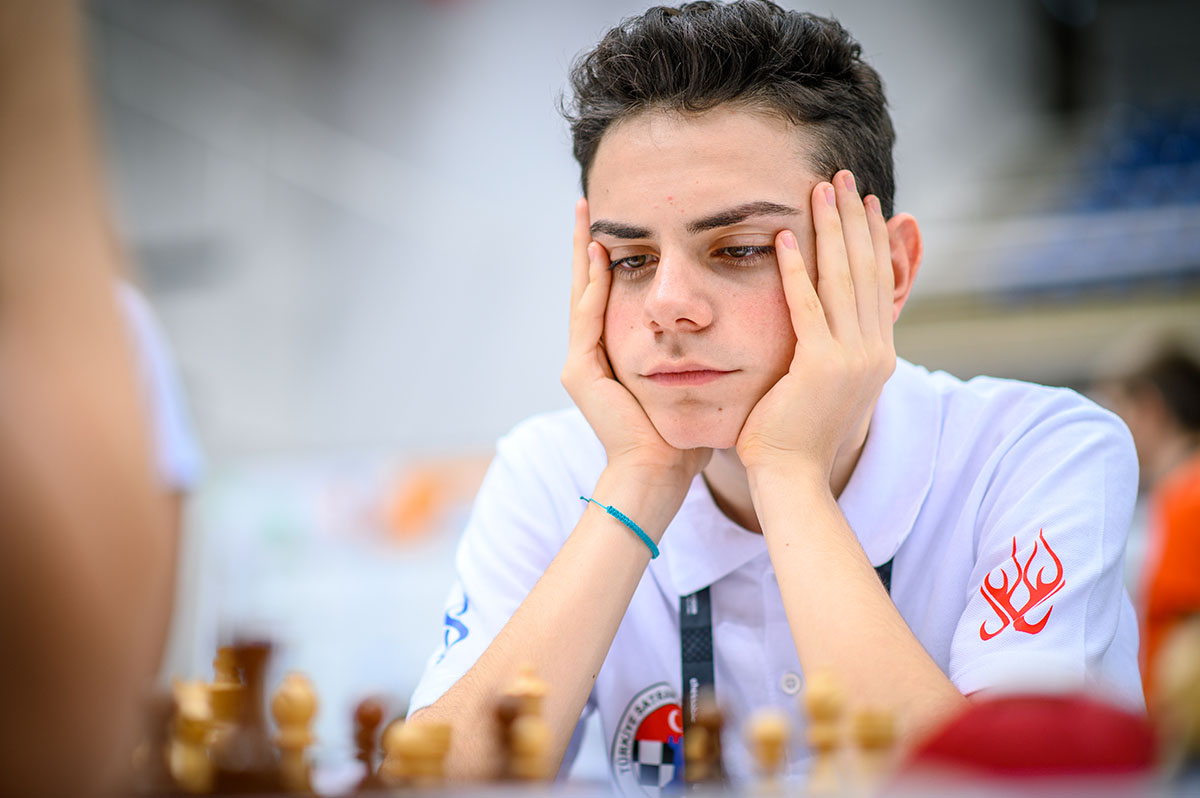
Ediz Gurel in deep concentration (credit: Michal Walusza/FIDE)
Going over his games with the help of an engine, the accuracy displayed in several of his wins was not a little remarkable. As in 99%. Dire accusations, unvoiced finger-pointing? No, not at all. This rise in overall quality is very much symptomatic of the emerging super talents. Unlike players of an older generation, constantly revisiting their evaluations as computers improve and revise the evaluations of previous engines, these new players can rely ever more on what they are shown and told, and can build up their understanding without needing to constantly unlearn and relearn. That judgement laid down by an engine two years ago? It still holds.
Here is an interesting position from one of his games played in round eight:
Feel free to move the pieces on the board above.
Black played 33... hxg2? and the computer points out that this move is the one which sealed Black's fate, a blunder therefore. But the truth is that not only is the correct and only move really hard to see, but Black actually did see it.
The correct move is the very impressive 33...Nd5!, which would 'only' leave White well ahead (+1.39). Black actually saw it, but thought the small pawn capture zwischenzug with 33...hxg2 34.Kxg2 Nd5! was a better move order.
So what happens after the correct 33...Nd5? White cannot recapture immediately as in the game, since after 34. cxd5?? Black plays 34...Qg5! threatening Qg2# (we now see the value of the pawn still on h3), and after 35. g3 Qf5 White must take the perpetual with 36. Qd8+. While the move proposed as better does not in fact even save the game, it does offer a solid practical trap that White must sidestep. After 33... Nd5! White plays 34. gxh3 and continues with a decisive advantage.
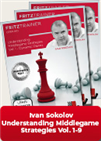 In this Video-Course we deal with different dynamic decisions involving pawns. The aim of this Course is to arm club/tournament players with fresh ideas which they can use in their own practice.
In this Video-Course we deal with different dynamic decisions involving pawns. The aim of this Course is to arm club/tournament players with fresh ideas which they can use in their own practice.Does that mean White was just 'lucky', or inversely that Black was 'unlucky'? Hardly. It means that Black's position was already so desperate that he only had a single move to not lose on the spot, and a very challenging move to boot. The merit is all to White's credit.
Board three had an even younger supertalent, Yagiz Kaan Erdogmus, aged 13. Erdogmus's rise has been nothing short of breathtaking. While the great Ramesh Praggnanandha ("Pragg") was a bona fide IM at age 10, the youngest in history. Erdogmus emerged from the Covid-19 lockdown, having been unable to play chess for over a year, with a rating of 1955 FIDE at age 10. Less than three years later, still aged 12, he was receiving his GM title, the fourth youngest in history. When he joined the Turkish squad on Board 3 having just turned 13, he came in with a staggering rating of 2592 FIDE. So how did he do during his trial by fire on the international stage?
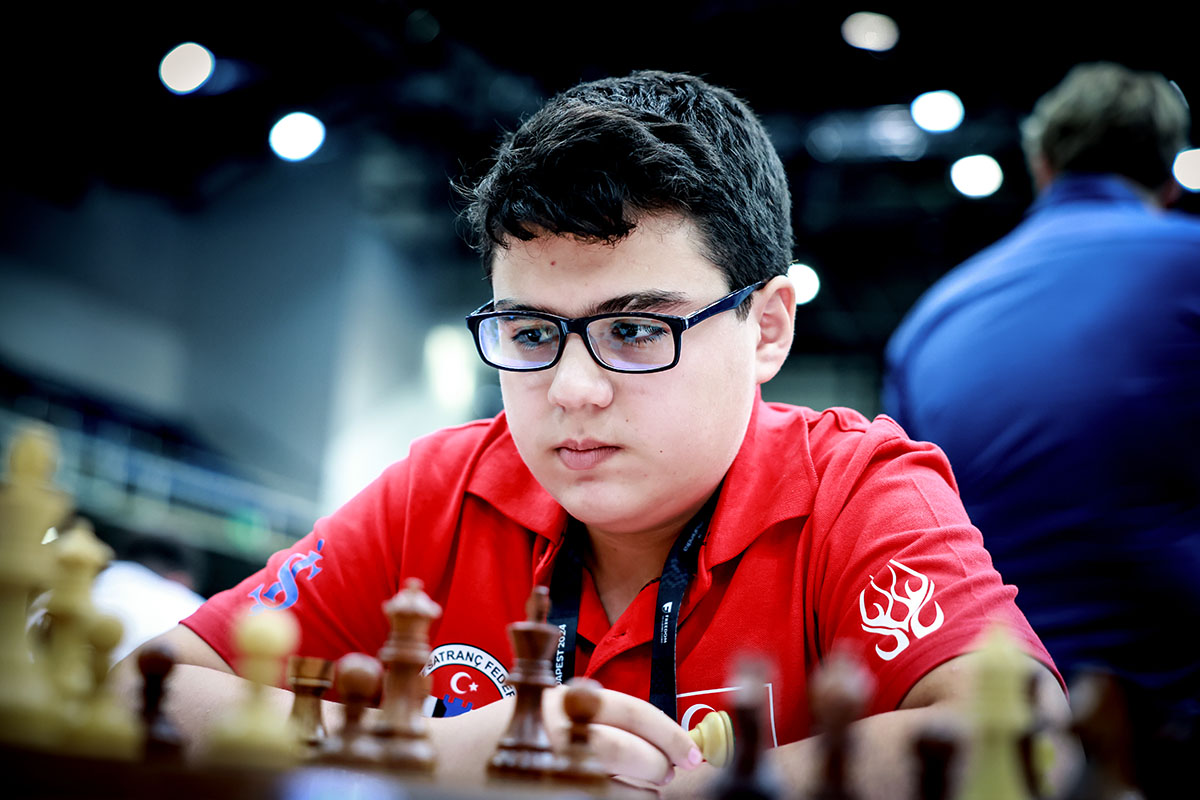
Yagiz Erdogmus, the fourth-youngest grandmaster in history, rose from 1955 Elo to GM in less than three years! (credit: Mark Livshitz/FIDE)
After the usual easy start with lower-rated opposition, the pubescent GM lost consecutive games in rounds five and six. Was he feeling a little overwhelmed? After the day off after round six, he regrouped to score a sizzling 4.0/5 against grandmaster opposition, showing his mettle, finishing with 8.0/11 and a solid 2636 performance taking him past 2600 for the first time.
Take a look at these crowd-pleasers played during his run:
Having built up this massive position with an untouchable rook on e7, since Bxe7? Nxe7+ would win the queen, White finds the fantastic resource to conclude his attack: 35. R7e6!! The queen is now trapped for good. The reason is that after 35...fxe6 (removing the protection of the queen on g6), Black plays 36.Ne7+! and the queen is lost since 36...Bxe7 37.Qxg6+.
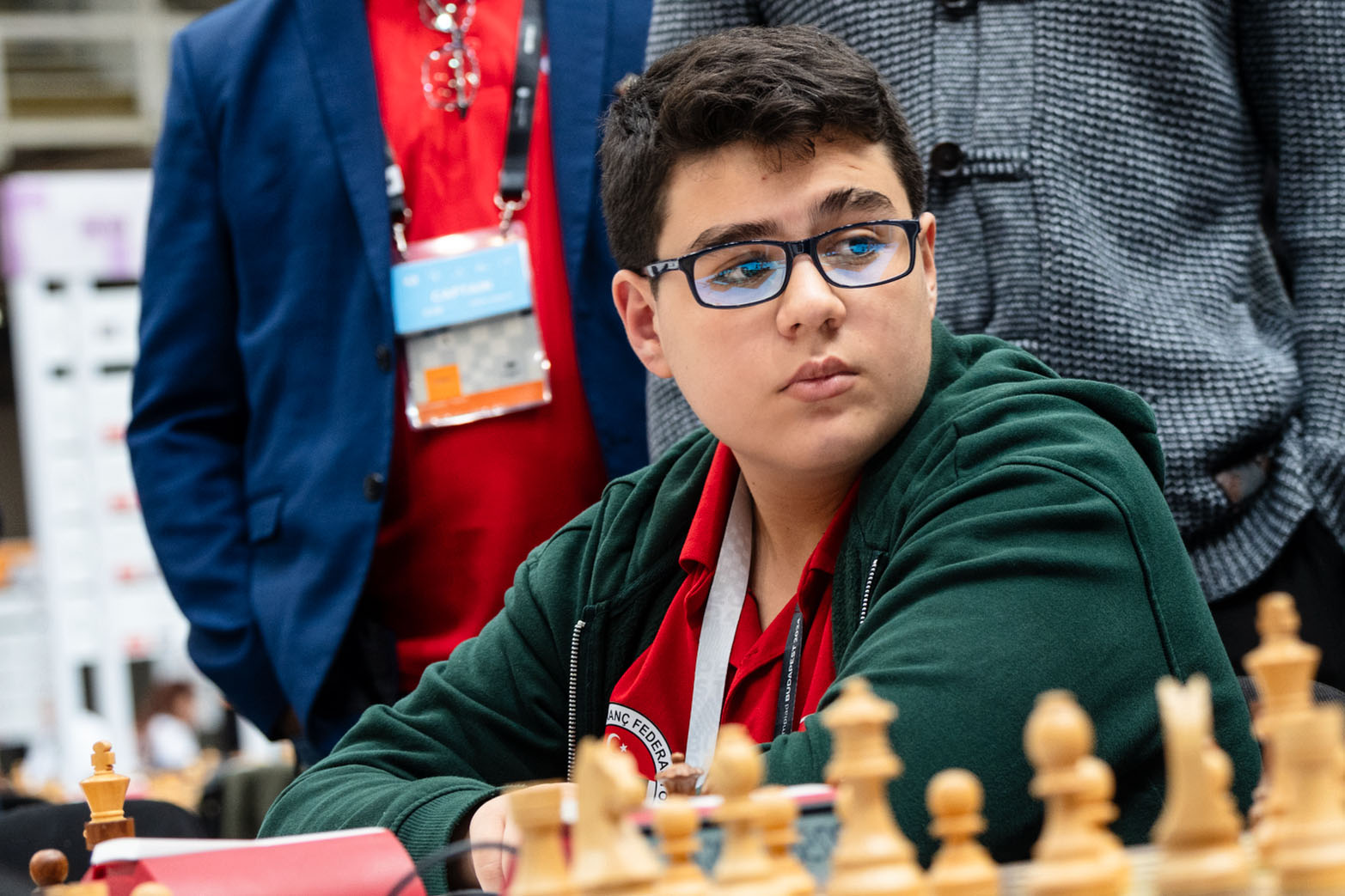
Erdogmus watches his compatriot facing Magnus Carlsen in round five (credit: Maria Emelianova/Chess.com)
This next one is almost more spectacular thanks to the beautiful sideline that had to be calculated. Enjoy the show:
In this position, Black played the powerful and winning 40...f3! with the fairly obvious point of 41. Qxf3 Rf7. The much less obvious point is if White ignores the pawn and instead strikes back with 41. Nxd6!
Are you sitting down? And don't forget you can move the pieces on the board above. The key is 41...Rh7!! Now it is not hard to see that if 42. Nxe8?? Rxh1 mate, but what if White takes the rook instead? After 42.Rxh7 Black continues 42... Qe3! and after the last trick 43.Rg7+ Black plays 43...Kh8! (and not falling for 43...Kxg7?? 44.Nf5+ Woops!) and White cannot prevent the mate.
Links
